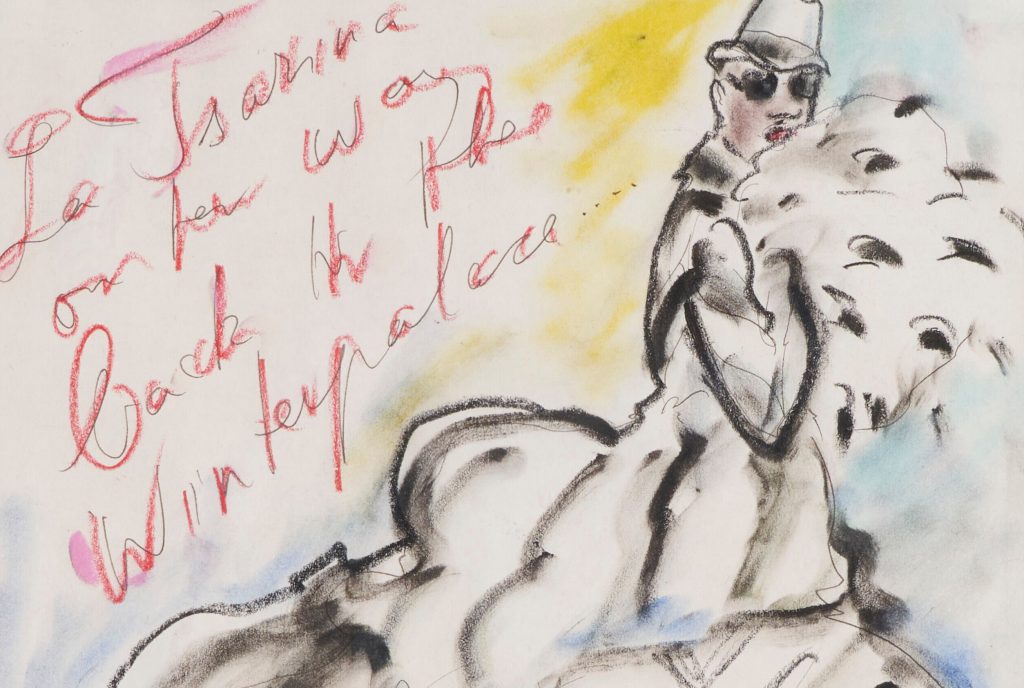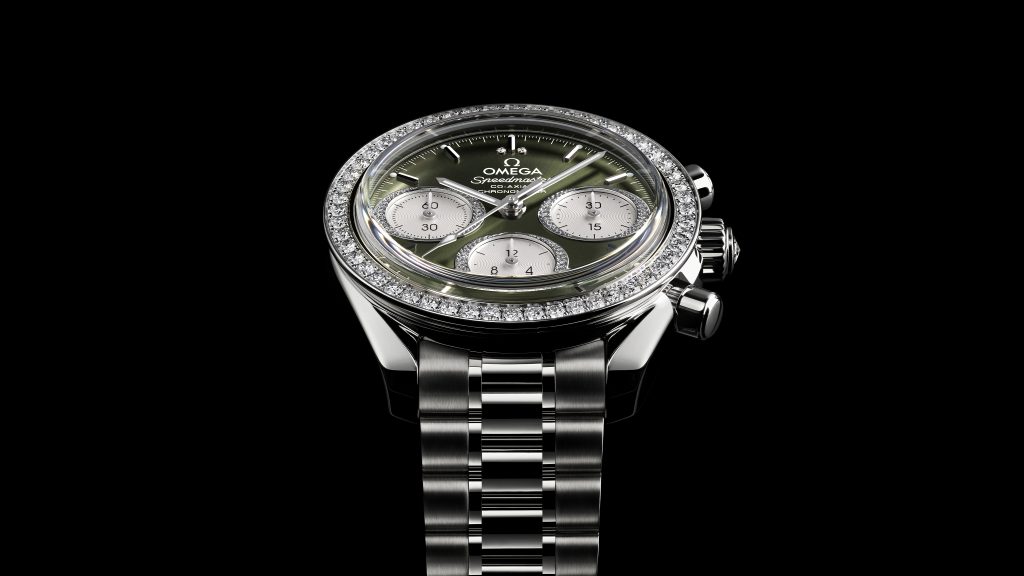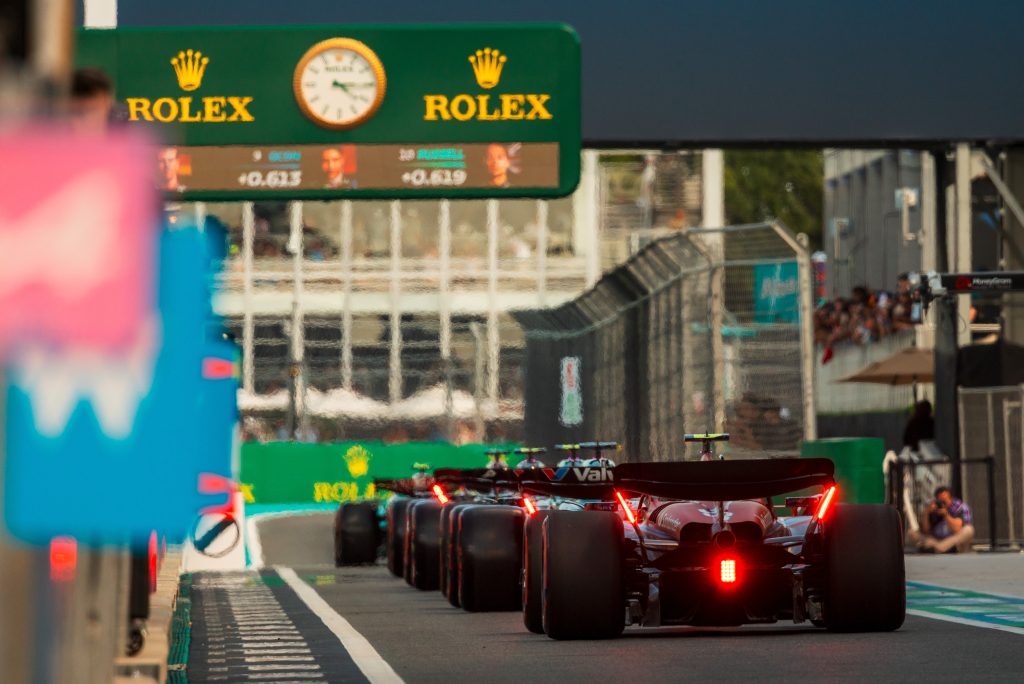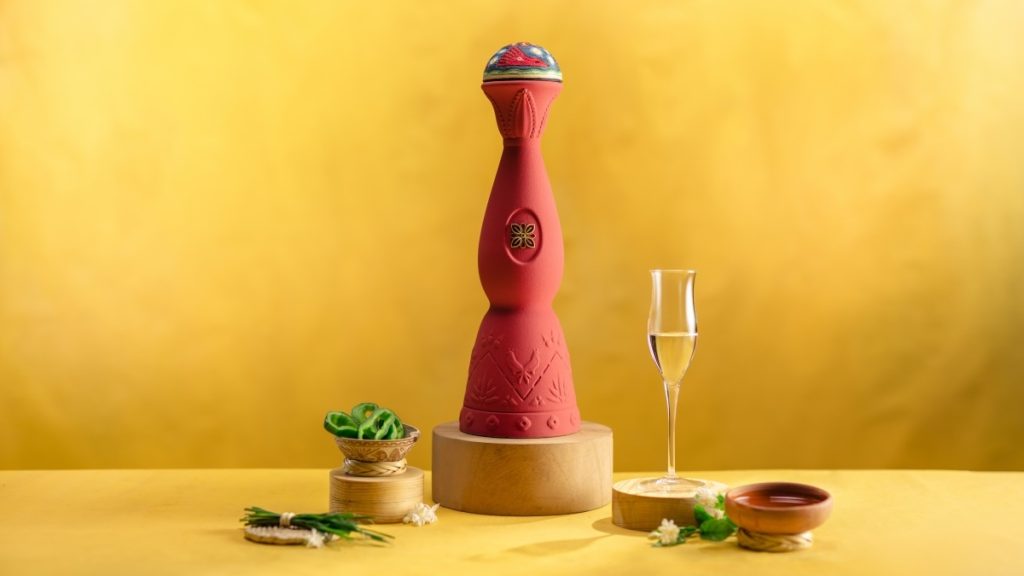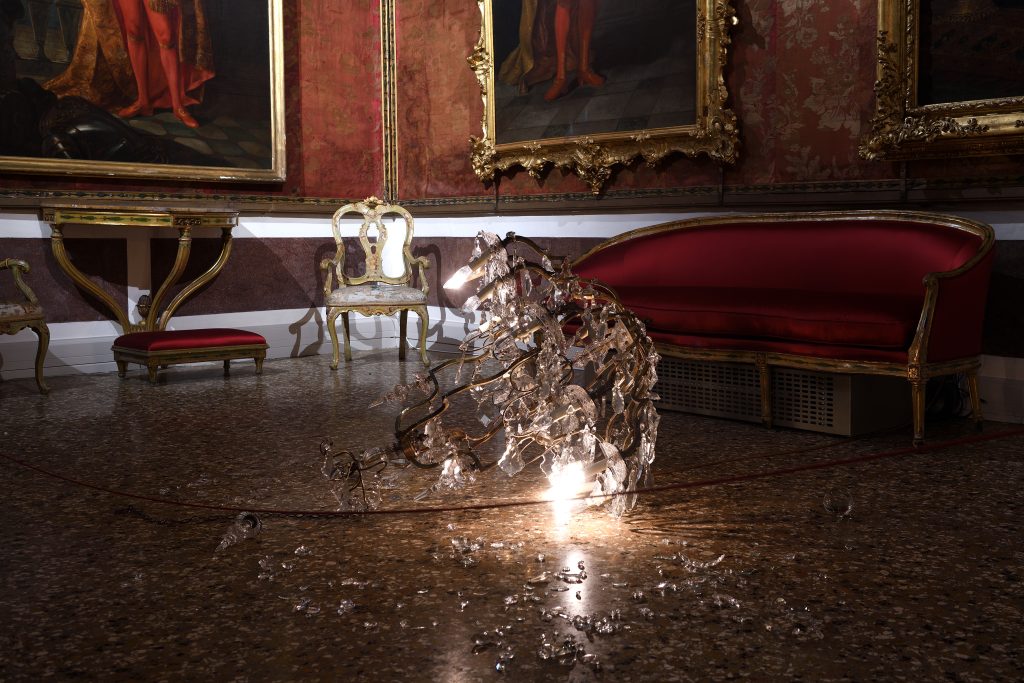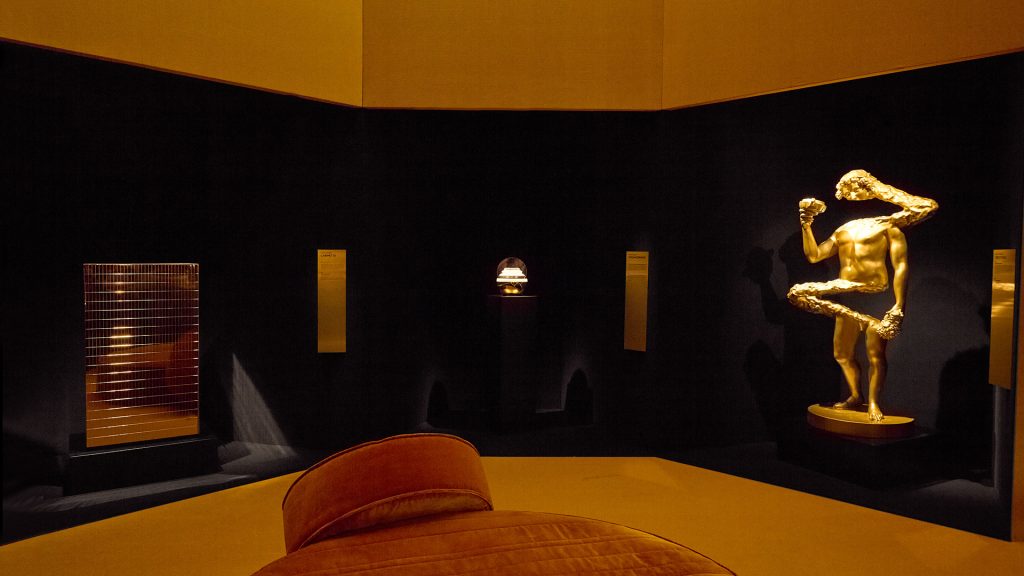Interview: Amah Ayivi, Marché Noir Lomé-Paris
The designer and clothing dealer tells us why style will always triumph over fashion

Born in the Togolese Republic, Amah Ayivi emigrated to France at 12 years old to discover an entirely different world of aesthetics roaming the Parisian streets. Fascinated by fashion from a young age, Ayivi developed his interest in vintage clothing—drawn to its patina and singularity—into a thriving business, searching for second-hand clothing in West Africa and shipping it back to Paris. He opened the first iteration of his shop Le Marché Noir in Comptoir Général, and by 2016 had moved into his own spot on the colorful Rue Perrée. With his Marché Noir Lomé-Paris clothing brand (formerly Marché Noir Paris), Ayivi hopes to further integrate his African roots. We recently met Ayivi at Oasis Festival’s Mbari House pop-up in Marrakech, where he collaborated with organizers, London art collective Art Comes First and the Museum of African Contemporary Art Al Maaden. It was here that we discussed his first cut-and-sew piece, the importance of sustainability, and why style will always triumph over fashion.
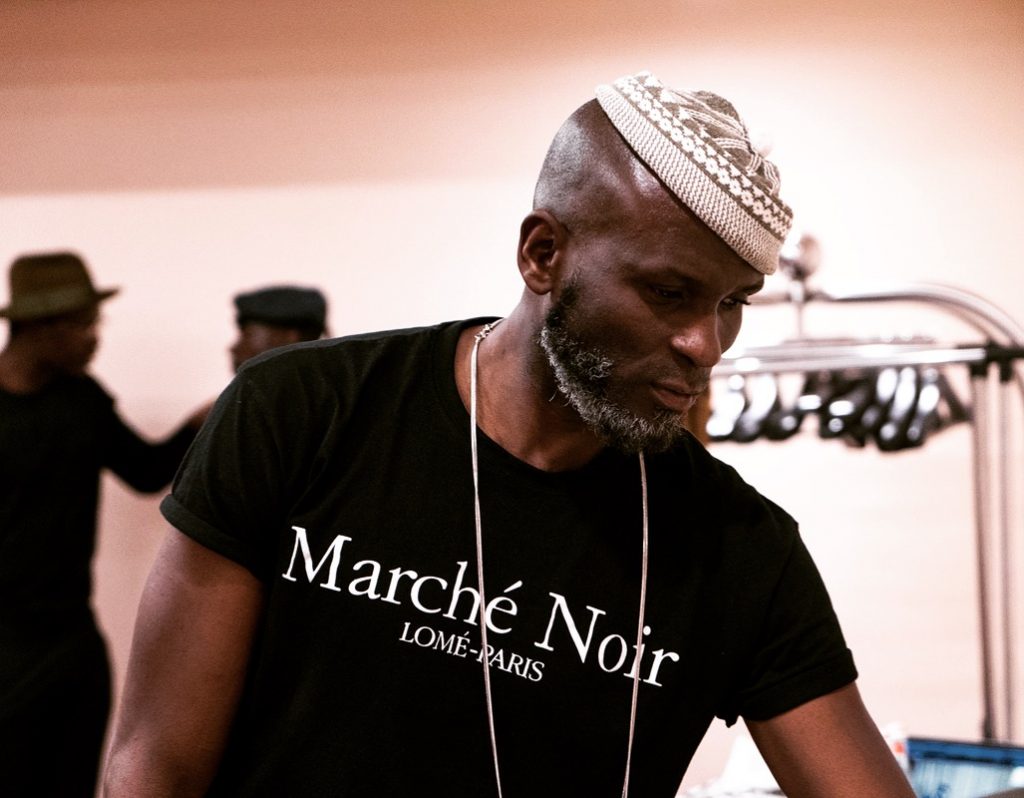
How did you develop your fascination with vintage into a business?
Every year people donate clothes to Red Cross, NGOs, all these people. So these associations, when they get clothing, they give part of it to homeless and organizations like that. But the biggest part of these donations they’re selling to Africa, to Asia. So in Africa—especially in Togo where I’m from—you have huge vintage markets. I go there, I buy the vintage from them and I bring it back.
What we are sending from Europe is kind of trash, and it’s there on the floor, you can buy it for nothing. So for five years now I’m training people there to be kind of my eyes because we don’t like the same vintage in Africa, like in Europe. In Africa, they like it super-bright and shiny, but in Europe we like that proper vintage. So now I buy vintage, put it in a container and bring it back to Europe… This is the word: from the floor to the showrooms.

Where was the name Le Marché Noir born?
Yeah, black market. Because in Lomé, in the market, I pay mostly with cash. So that gives you this idea you’re kind of a gangster. And I’m black and I’m buying mostly made in Africa.

Did you go to school for fashion or was it something that developed from childhood?
I think fashion of this type is something I’ve had since I was kid, because I remember when I was six years old, I always wanted to choose my fabric to tailor my outfit. Then when I was like 14 in Paris, I started searching for vintage, because for me vintage pieces give you this unique style. If you can find one good piece—even only one good piece—then you have your own style. I always wanted to not look like everybody in the street.
I always loved to mix my style with traditional attire from everywhere: Asia, Africa. So I mix vintage with African attire with a kimono or something like that. When I decided to design, naturally I went back to Africa and I started from Ghanaian traditional attire called batakari… It’s made with Kente cloth, which is a very antique, traditional cloth. It used to be worn by the nobles in Ghana, now it’s very popular. So I used to be in vintage first, but now I mix both vintage and craftwork, because this is hand-woven. It’s proper craftwork.
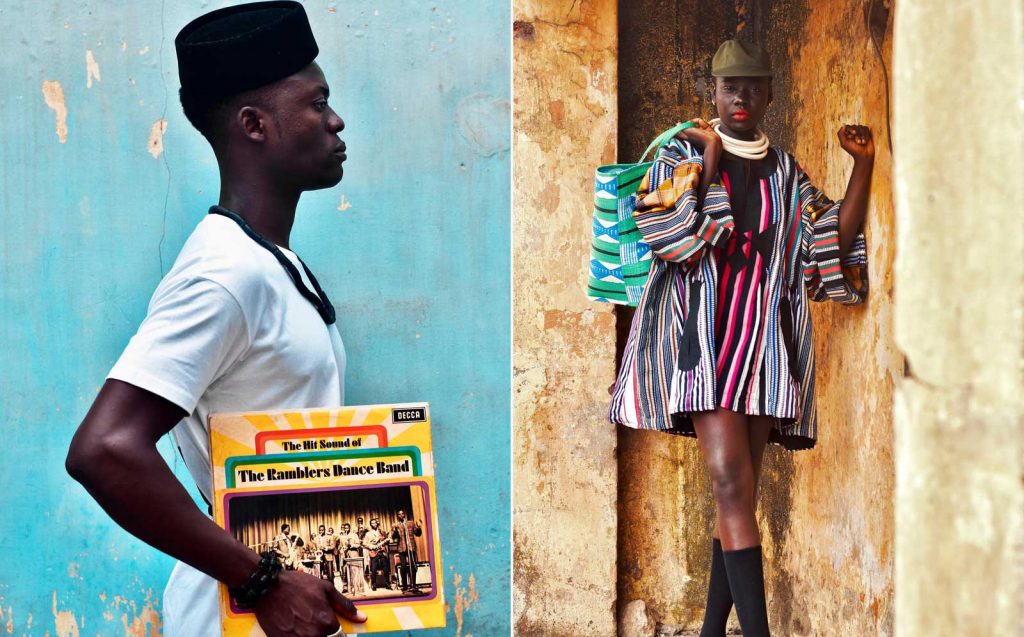
Was the Batakari the first piece you created and designed?
Yeah. I designed and brought it to my guys. Everything is made in Africa so I choose the fabric there, they weave the fabric for me. And then we have my team of tailors there and we work together. I love sustainable; I didn’t want to produce too much. Because with the craftwork you don’t produce that much—maybe 100, 200 pieces.
I don’t really like this craziness around fashion to be honest, it’s too much
Why is sustainability important for you?
I don’t really like this craziness around fashion to be honest, it’s too much. It’s kind of a mindset for me because we don’t need to change clothes every three or six months; we have what we need, we just need to be a bit creative and we can bring different things. I never really liked it. As I liked vintage from my teenage years, I think it’s something that came naturally for me. It’s important for us now to think differently about how to approach fashion and style. I’m into more style than fashion because I don’t follow the season—my brand is unisex and no season. My thing is style. How to bring style with different things, how you can play with this or that. For me it’s like just playing with clothing and with attitude and with people.
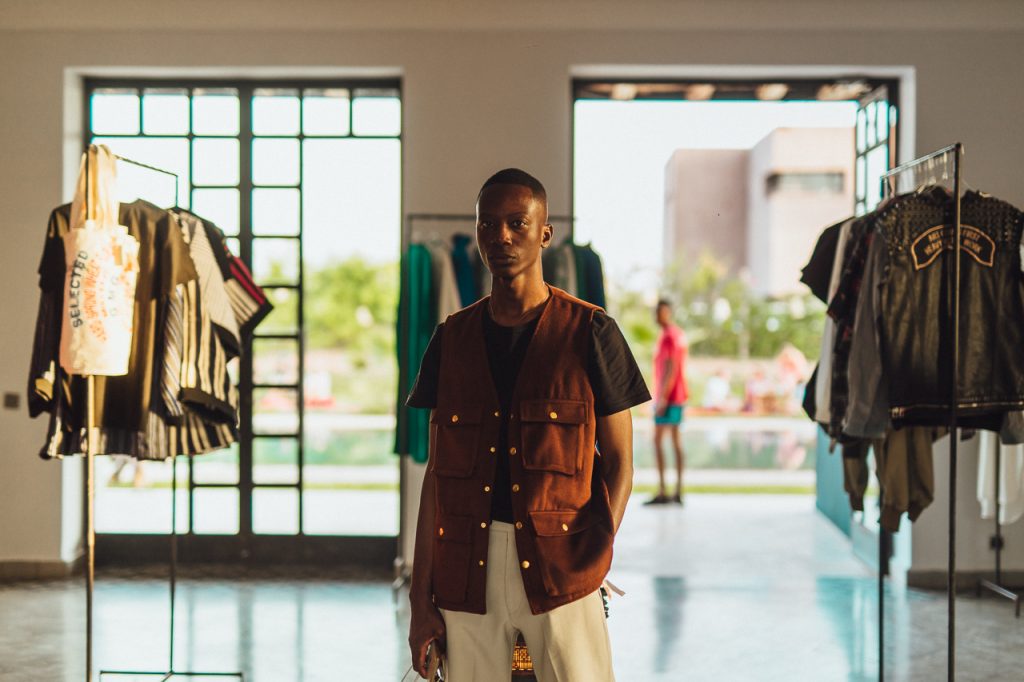
The fashion business is built upon convincing us that a shirt from last summer isn’t wearable anymore.
Yeah, that’s the point. They make you feel like a has-been after six months—what you are wearing, it’s not “in” anymore because that was last season. Last season means like six months ago. So that’s why I’m also talking about personality. Whatever you wear, if you have the right attitude and you assume you look cool, you look good. That’s the difference between style and fashion. Fashion tries to bring you in this system where you need to buy all the time, but if you have 10 pieces you can do 20 different outfits just by adding some accessories.
That’s why I don’t really feel part of the fashion world because I don’t understand it. I’m trying to, but I don’t understand because it’s pure business. We produce like tons, tons, tons; we still have a lot of clothing around the world and we don’t know what to do with this. It goes in the oceans, which brings pollution. We need to think differently about this mass production.
Images courtesy of Marché Noir Lomé-Paris


